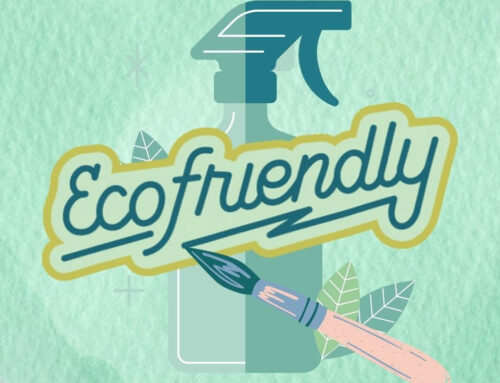Washing Hands Post COVID-19
A New Standard of Clean
As the COVID-19 pandemic continues to dominate health concerns around the world, keeping our hands clean to prevent further spread of the virus has proven more critical than ever. How we clean our hands, however, matters just as much when protecting ourselves from the virus. This new hygiene landscape provides a valuable opportunity to evaluate which methods are effective, and which pose their own dangers. With this in mind, we break down everything you should consider when cleansing and disinfecting hands at work and at home.
Don’t believe the hype surrounding specialty soaps:
Washing hands with soap continues to be the most effective way of removing the virus. Following this logic, ‘antiseptic’ soaps have been touted as more hygienic. However, the FDA states there is currently no evidence that consumer antiseptic wash products are any more effective at preventing illness than washing with plain soap and water. Suds from the most basic soaps are effective because they remove the lipid coating of the virus, which completely disintegrates its structure.
Why you should wash, then wipe:
Thanks to public awareness campaigns following the COVID-19 outbreak, even today’s kindergarteners know to wash their hands for at least 20 seconds. What’s often not mentioned enough is the importance of drying hands afterwards. Wet hands more easily transmit particles when compared to dry hands.
Current research suggests that paper towels are the most effective way to remove microbes and excess moisture, as compared to air dryers. Scientists attribute this to the friction created from physically wiping, which better removes germs at the microbial level. Paper also dries faster, soaking up to 99 percent of moisture in 15 seconds—compared to the average 45 seconds for hand dryers. When poorly designed and maintained, dryers also pose greater risk for contamination, emitting germs in the air. For shared spaces like offices, it is critical to keep paper towels in stock to ensure optimum hand hygiene.
All hand sanitizers are not equal (nor safe):
When hand washing isn’t possible on the go and around the office, hand sanitizer dispensers have become a valuable alternative for protection—though extra care is needed when selecting the brand. The market has been flooded with products following the outbreak. Many, however, are subpotent, which means they don’t contain enough alcohol (at least 70 percent) to kill the virus.
The type of alcohol also matters. Some contain traces of more dangerous forms, like 1-propanol (which is associated with nerve damage) and the highly toxic and potentially fatal methanol. Ethyl alcohol, isopropyl alcohol or benzalkonium chloride are considered safe and effective. For public dispensers around the office, also opt for sanitizers that avoid artificial dyes and fragrances, which can cause irritation and discourage use.
SparkleTeam believes in being a committed partner in sustaining hygiene safety. Contact us if you would like to discuss how we can help keep your facility safer in light of COVID-19.





